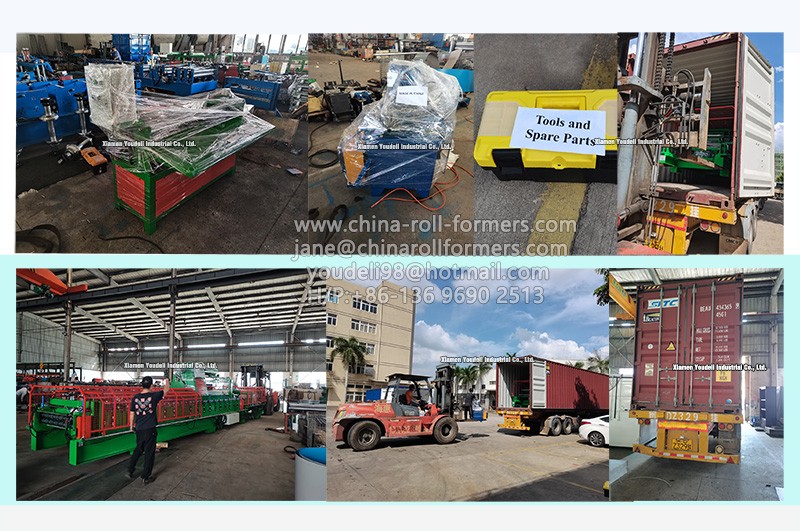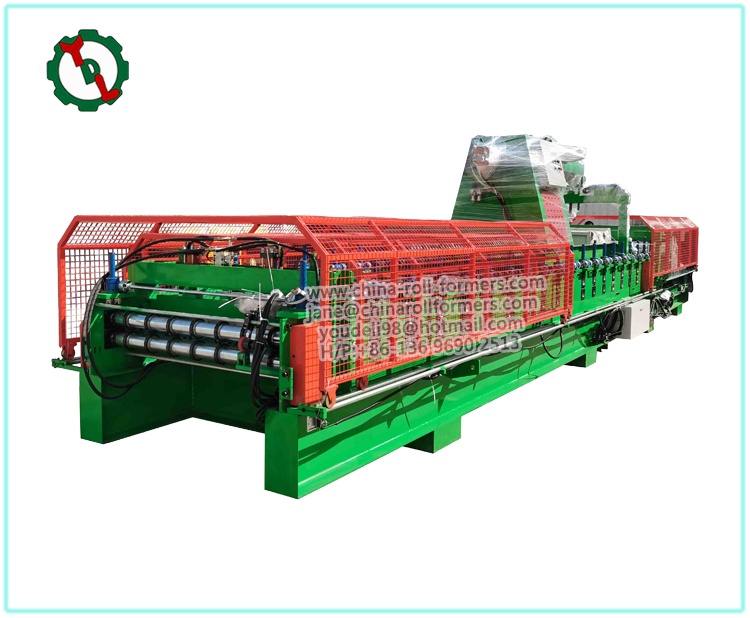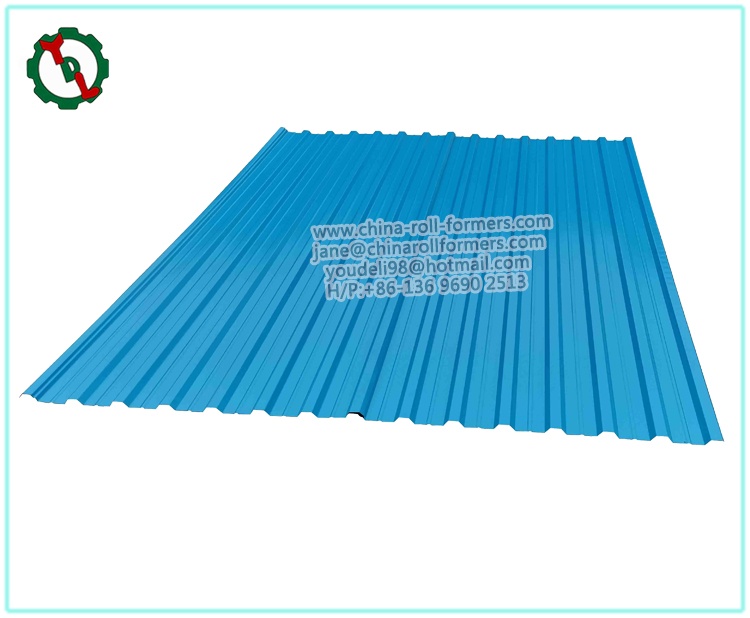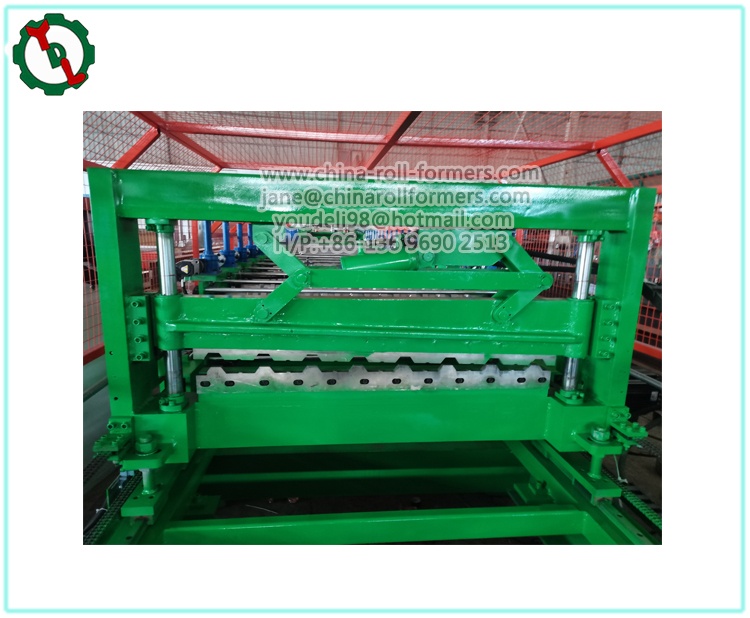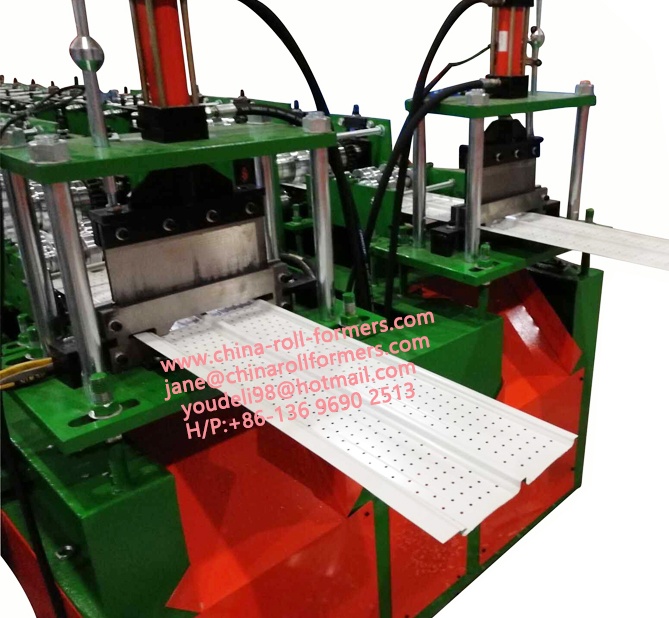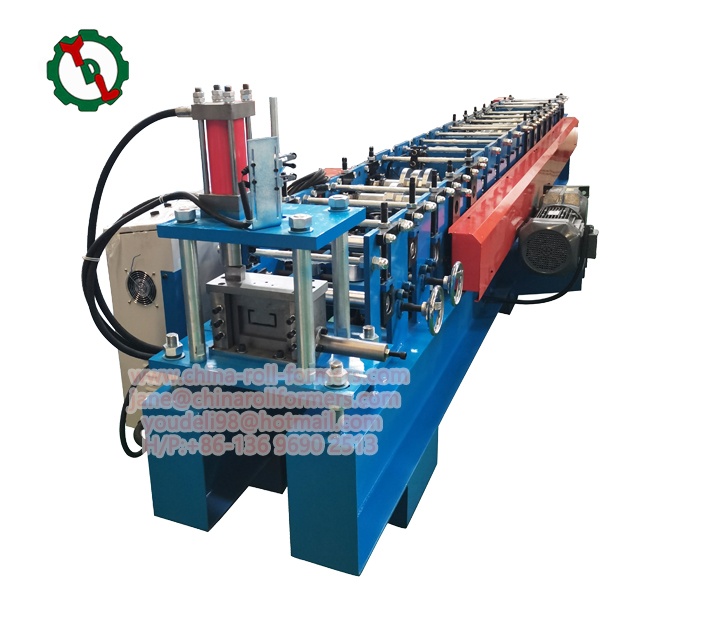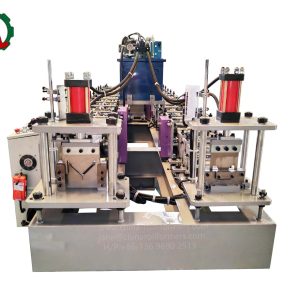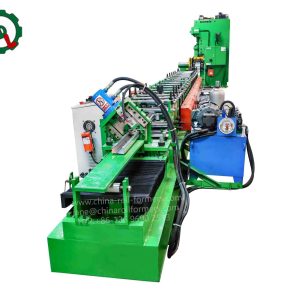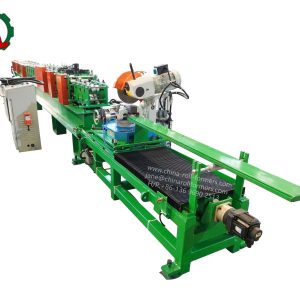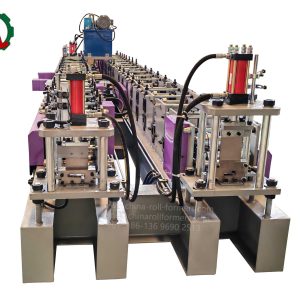Multi Rib Roofing Roll Forming
What are its characteristics Multi Rib Roofing Roll Forming
The building industry has long utilized a common technique for installing roofs called multi rib roofing roll forming. Its appeal stems from the fact that it is an affordable, practical, and efficient technique of installing roofs, resulting in sturdy, long-lasting roofs with a range of aesthetically pleasing styles to select from.
The adaptability of Multi Rib Roofing Roll Forming is one of its primary features. This type of roofing is a popular option for many house and business owners since it can be used on a wide range of structures, including residential and commercial buildings, barns, sheds, and many more. Furthermore, the metal panels used in Multi Rib Roofing Roll Forming are available in a variety of hues, making it a fantastic option option for those who want to customize the look of their property.
Efficiency is another feature that distinguishes Multi Rib Roofing Roll Forming from other roofing techniques. There is no need for expensive and time-consuming shipping of pre-made roofing materials because the metal panels are created on-site by rolling and cutting them to size. Because of the quicker installation time and lower labor expenses, homeowners and business owners can ultimately save money.
Multi Rib Roofing Roll Forming is a fantastic option because of its durability. The high-quality metal panels used in this form of roofing are meant to withstand severe weather conditions, such as rain, wind, hail, and snow.
This indicates that Multi Rib Roofing Roll Forming is a durable option that can offer dependable defense for a property for a number of years.
The fact that Multi Rib Roofing Roll Forming is a green option is one of its most important advantages. Because the components of this type of roofing are recyclable, they can be reused after serving their intended purpose. It also has a reduced carbon footprint than other methods of roofing installation, which makes it a perfect choice for individuals trying to lessen their influence on the environment. The installation procedure is quicker and uses less energy than other methods of roofing installation.
Last but not least, Multi Rib Roofing Roll Forming is a cost-effective choice in terms of both labor and materials. The production of the panels takes place on-site, saving money on expensive transportation costs. Additionally, the installation process is quicker and less labor-intensive, saving money for households and business owners. This form of roofing is durable, which allows property owners to save money on ongoing maintenance and repair expenses.
In summary, Multi Rib Roofing Roll Forming has numerous advantages over other roofing techniques, including adaptability, efficacy, durability, environmental friendliness, and affordability. As a result, it’s a great option for anyone searching for a cost-effective and dependable roofing solution.With a variety of styles and colors to choose from, Multi Rib Roofing Roll Forming is a great way to enhance the look of any property while providing long-lasting protection from the elements.
PRODUCT DISPLAY
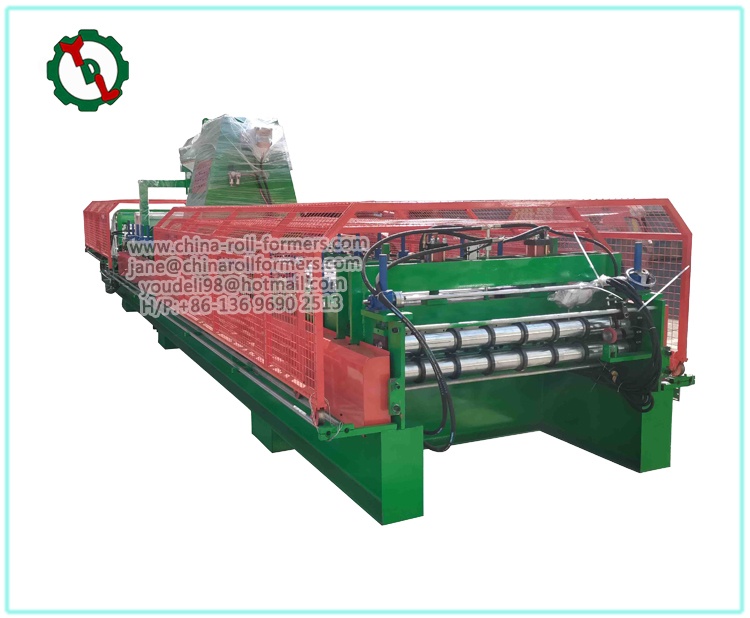
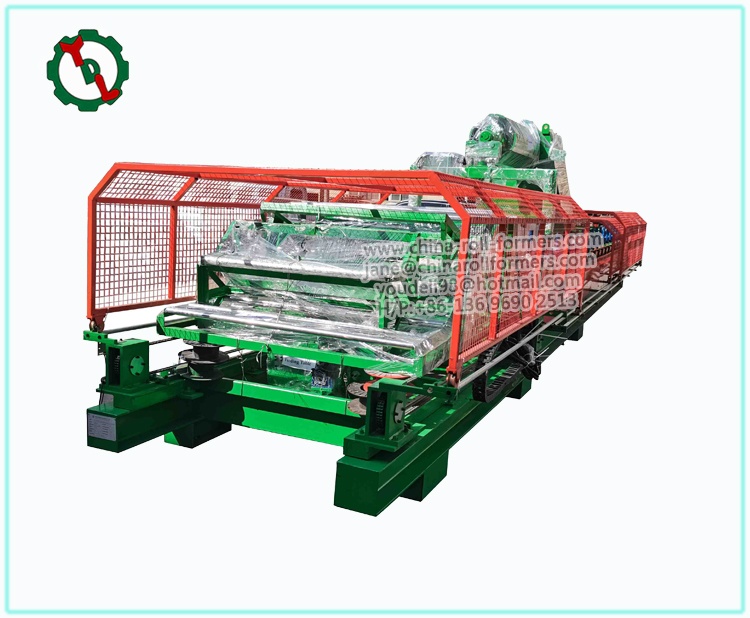
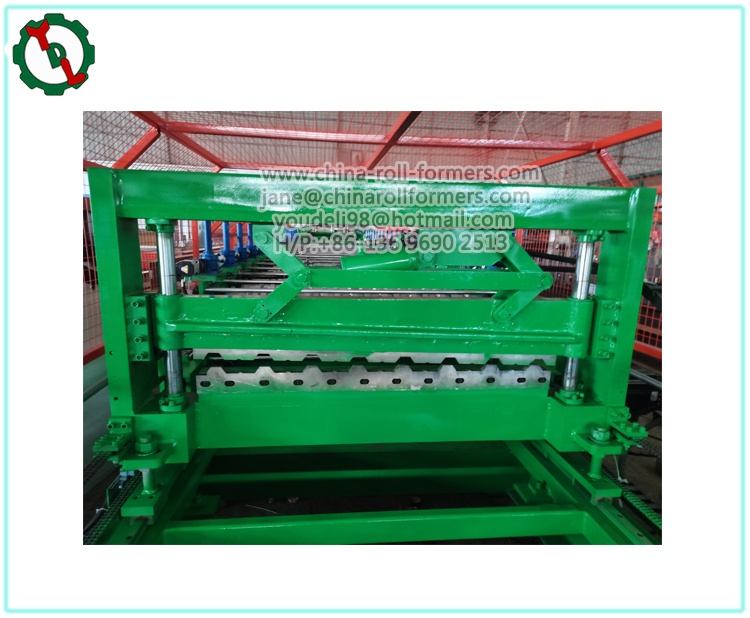
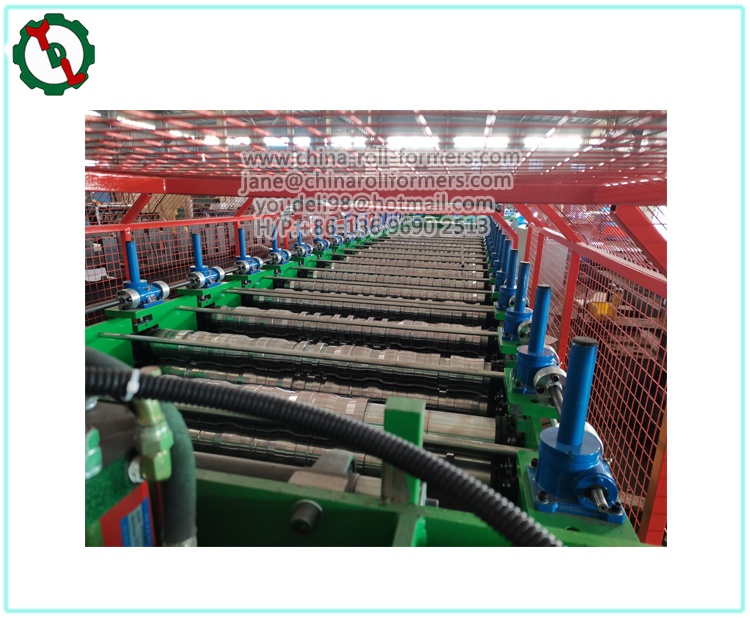
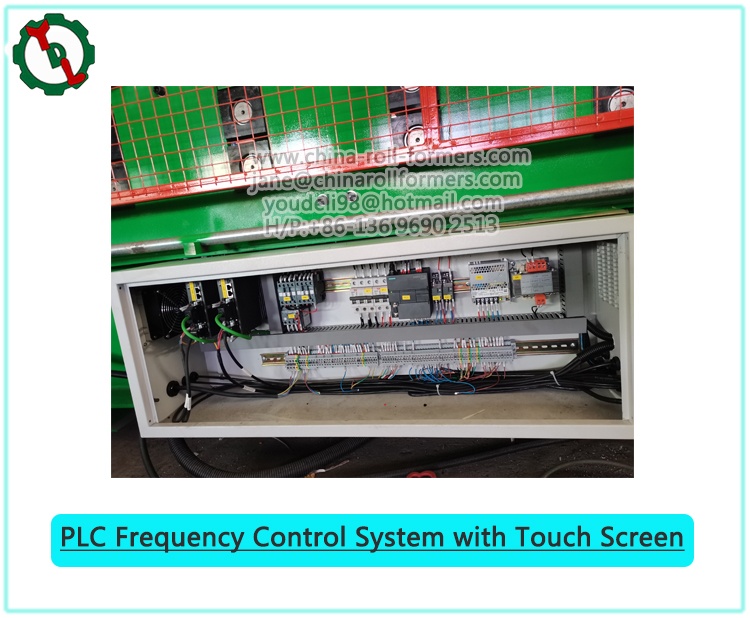
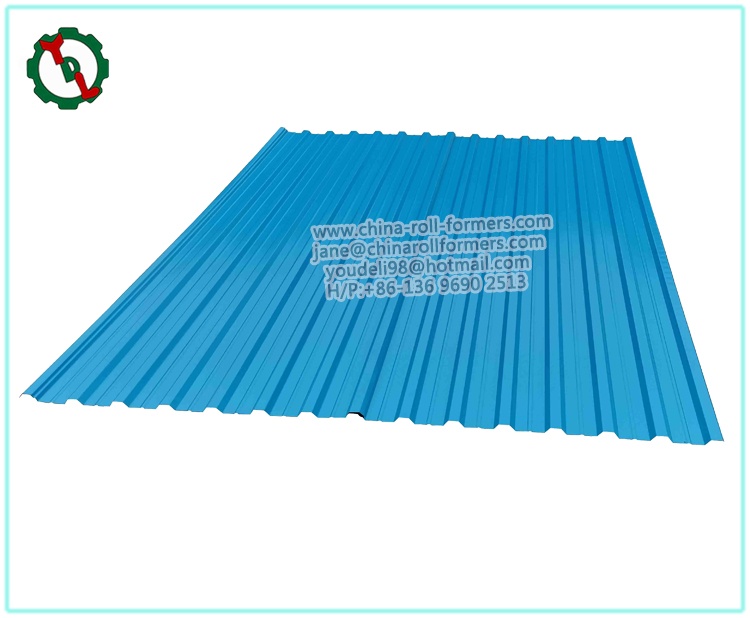
Purchase Qty. 1 Set
Port: Xiamen China
Payment Terms: L/C, T/T
Certification: CE, ISO
Condition: New
Customized: Customized
Automatic Grade: Automatic
Transmission: Motor and Chain For Driving
Means of transport: By sea as full container
Packing: Standard for export
Delivery time: 60 days
Model NO:YX19.5-1003.5
Size:11450*2350*1500mm
Weight:10500KGS
Voltage:220V/60HZ,3PH/ or as Request
Driving Motor Power:18.5KW+0.4KW*2+0.18KW
Hydraulic Motor Power:5.5KW+4KW
Height of Rib:24mm
Working Speed:60m/min
Thickness:0.2-0.6mm
Effective Width:1000mm
Material Width:1219mm
Cutting Length Tolerance:±2mm
Main usage:Making straight and tapered standing seam roofing sheets
WHY CHOOSE US

ROOFING SHEET ROLL FORMING MACHINE OPERATION
Roofing Sheet Roll Forming Machine Operation: The Roofing Sheet Roll Forming Machine functions according to a straightforward but efficient concept. The metal sheet is gradually shaped into the appropriate contour by a series of rollers. The rollers of the machine are carefully planned to bend and mold the sheet, guaranteeing precise measurements and slick surfaces. The procedure include putting the metal sheet into the machinery, where it travels through various stations that each carry out a certain function. Decoiling, leveling, roll forming, cutting, and stacking are some of these stations.
CERTIFICATE
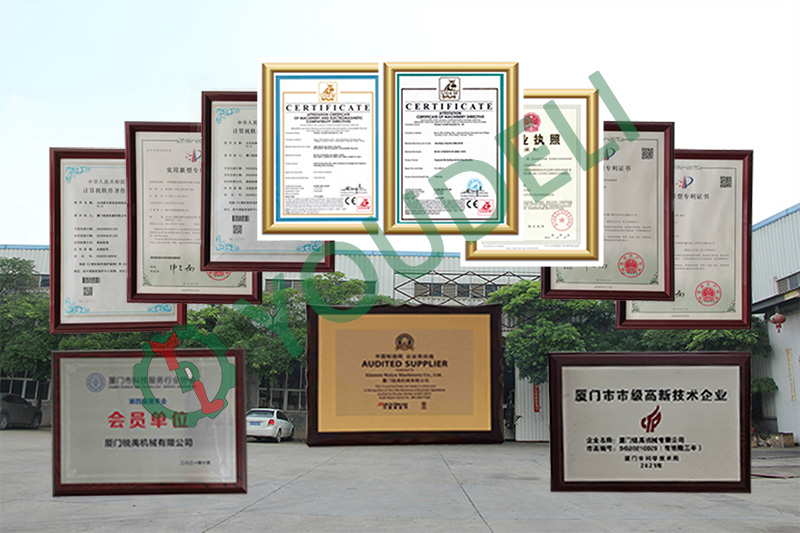
WHY CHOOSE US
1. PRICE: Factory direct sales, bringing producers and consumers closer together! Save trading business earnings and provide them to the clients directly.
2. QUALITY:Quality Control Our products will be provided to you as a guarantee after passing a rigorous quality check. Each is of a high caliber.
3. CONFIGURATION: Available configurations You have complete discretion over the machine setup and cost. Different structural items can be adaptably designed based on requirements.
4. AFTER SALE: The phone is available around-the-clock, and we can address a range of pre- and post-sale questions for you.
AXES AND ROLLERS
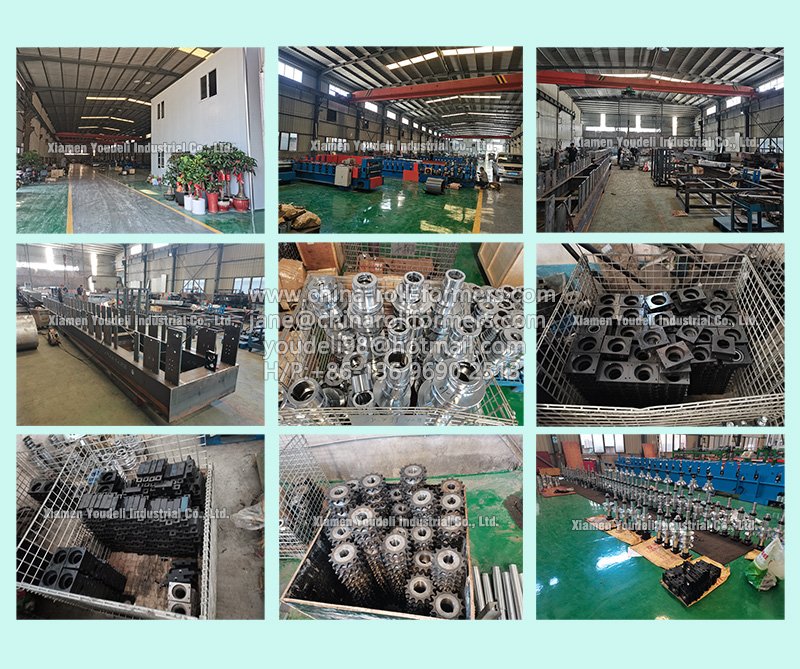
RELATED MACHINERY
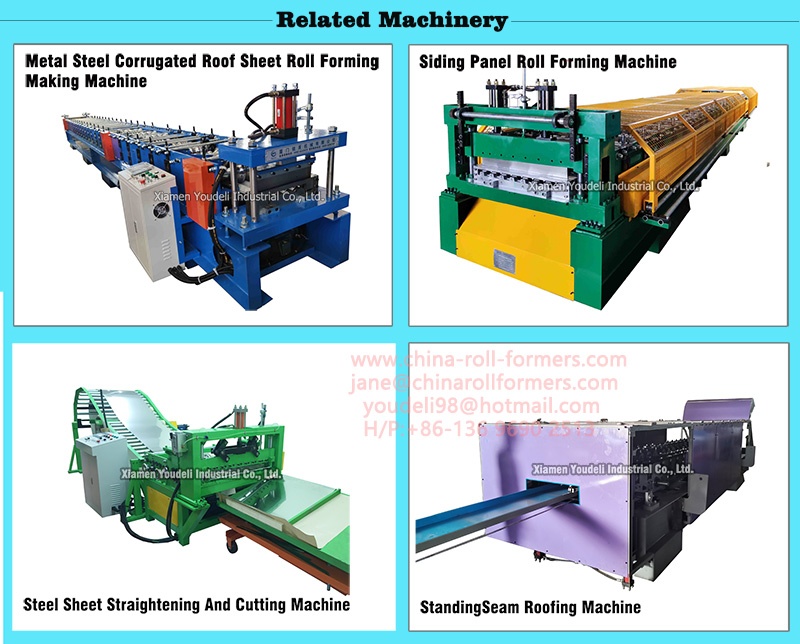
What is a Roofing Machine and How Does it Work?
A roofing machine, also known as a roofing panel machine or roll forming machine, is a mechanical device used in the manufacturing of metal roofing panels. This machine is specially designed to bend, shape, and cut metal sheets into roofing panels of various shapes and sizes.
Roofing machines typically consist of several rolls arranged in a series, with each roll performing a specific task in the panel-forming process. The metal sheet is fed into the machine at one end, and as it mo
ves through the rolls, it undergoes a gradual bending and shaping process until it emerges as a complete roofing panel at the other end.
The four steps of the machine’s operation are uncoiling, roll shaping, cutting, and stacking. The metal sheet is unrolled from a big spool and fed into the machine in the first step through a set of tension rollers that guarantee a steady feed rate. The panels are then molded and formed into the desired profile at the roll forming station after the sheet has passed through. This station may feature a number of roll configurations, depending on the machine, to produce a variety of roofing profiles. A cutting station trims the panel to the required length once it has been created. The hydraulic system that delivers the force needed to cut through metal sheets is normally installed at the
cutting station. The panel is carried to the last station, where it is packed and prepared for shipping, after having been trimmed to the proper length.
A roofing machine’s capacity to generate durable panels of consistent quality is one of its most important advantages. The rollers and cutting mechanisms of the machine’s are precisely controlled, which accounts for this uniformity. Additionally, the machine’s rapid production rate can help manufacturers of metal roofs cut costs by saving time and resources.
A roofing machine, in short, is a specialized mechanical tool used in the production of metal roofing panels. Metal sheets are fed through a system of rollers, which gradually bend and mould the panel into the correct profile, to make it work. The completed panels are then measured for length, trimmed, and stacked for shipping. Overall, using a roofing machine provides a quick, efficient, and economical approach to create roofing panels of a high caliber.
CARGO LOADING
